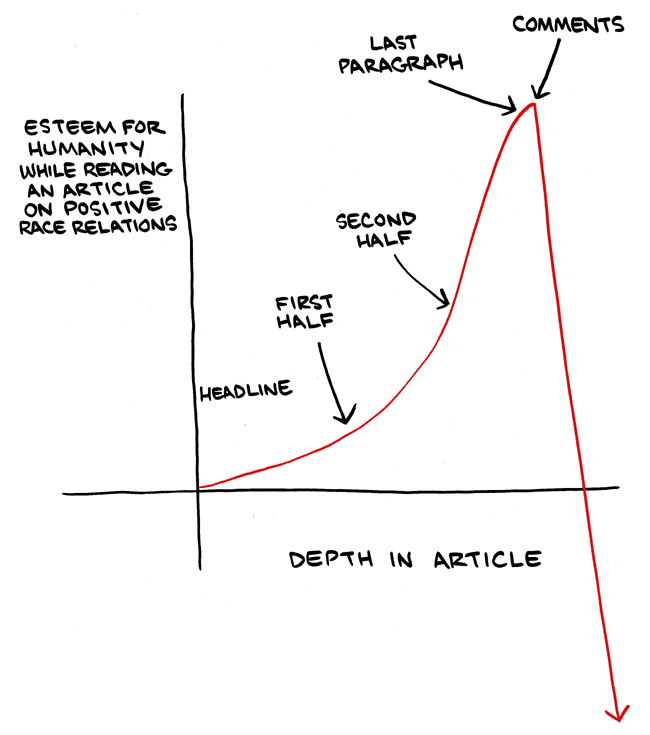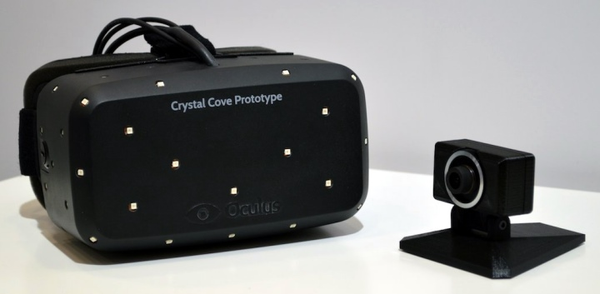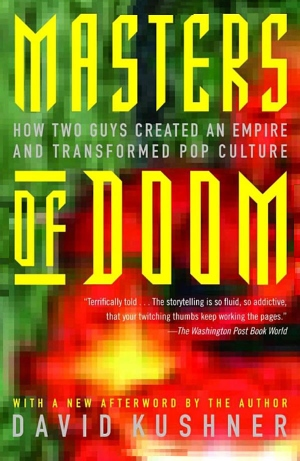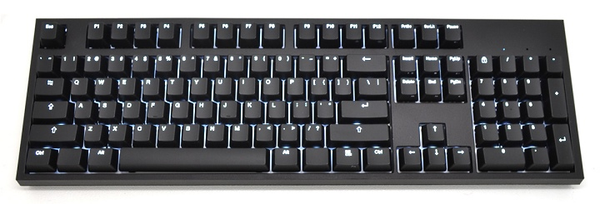
social media
Please Read The Comments
I find the Don’t Read The Comments movement kind of sad. In 2006 I said that a blog without comments is not a blog and I stand behind that statement. There have been brief periods where my own blog has been temporarily without comments, but they will always come










